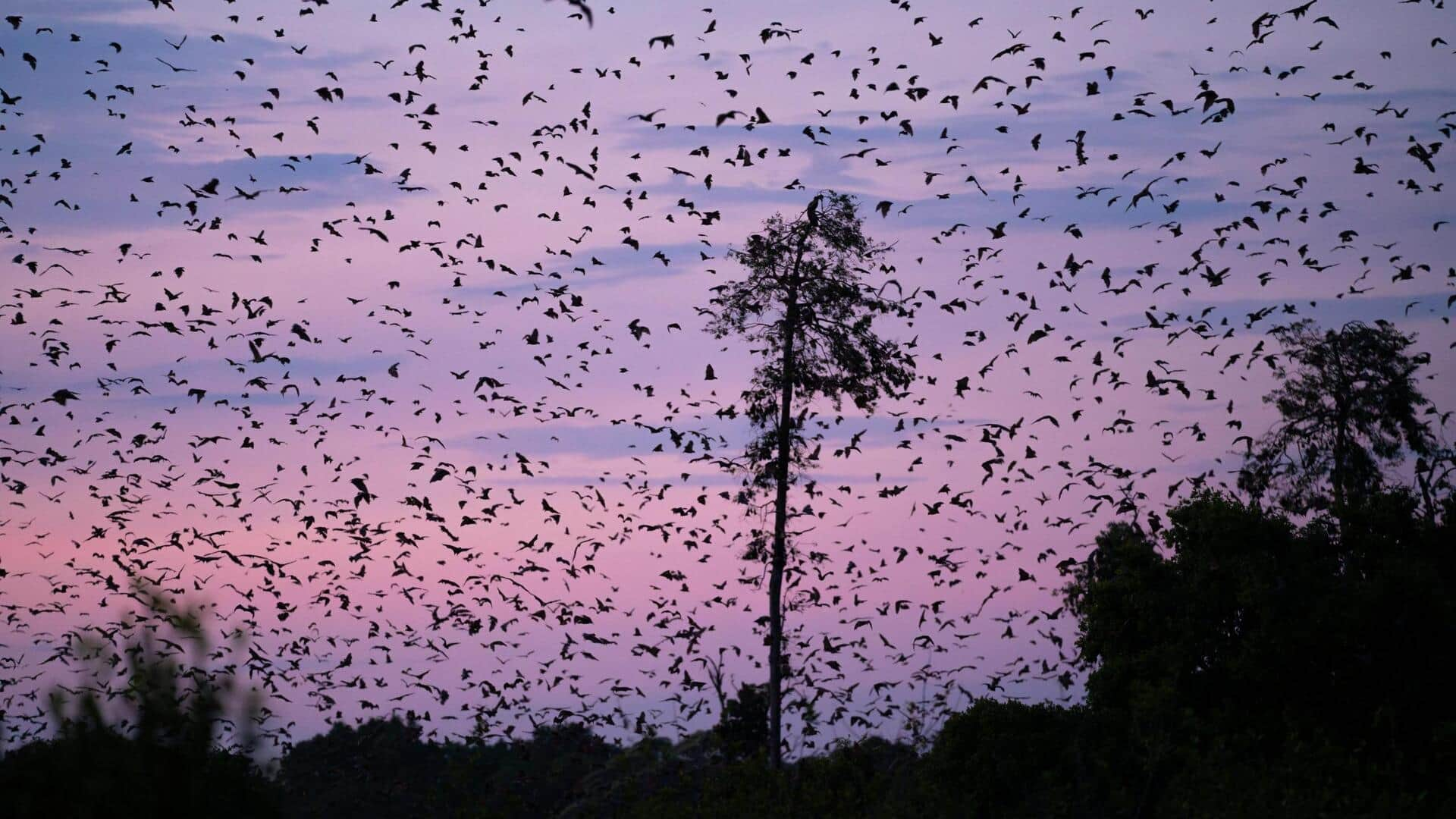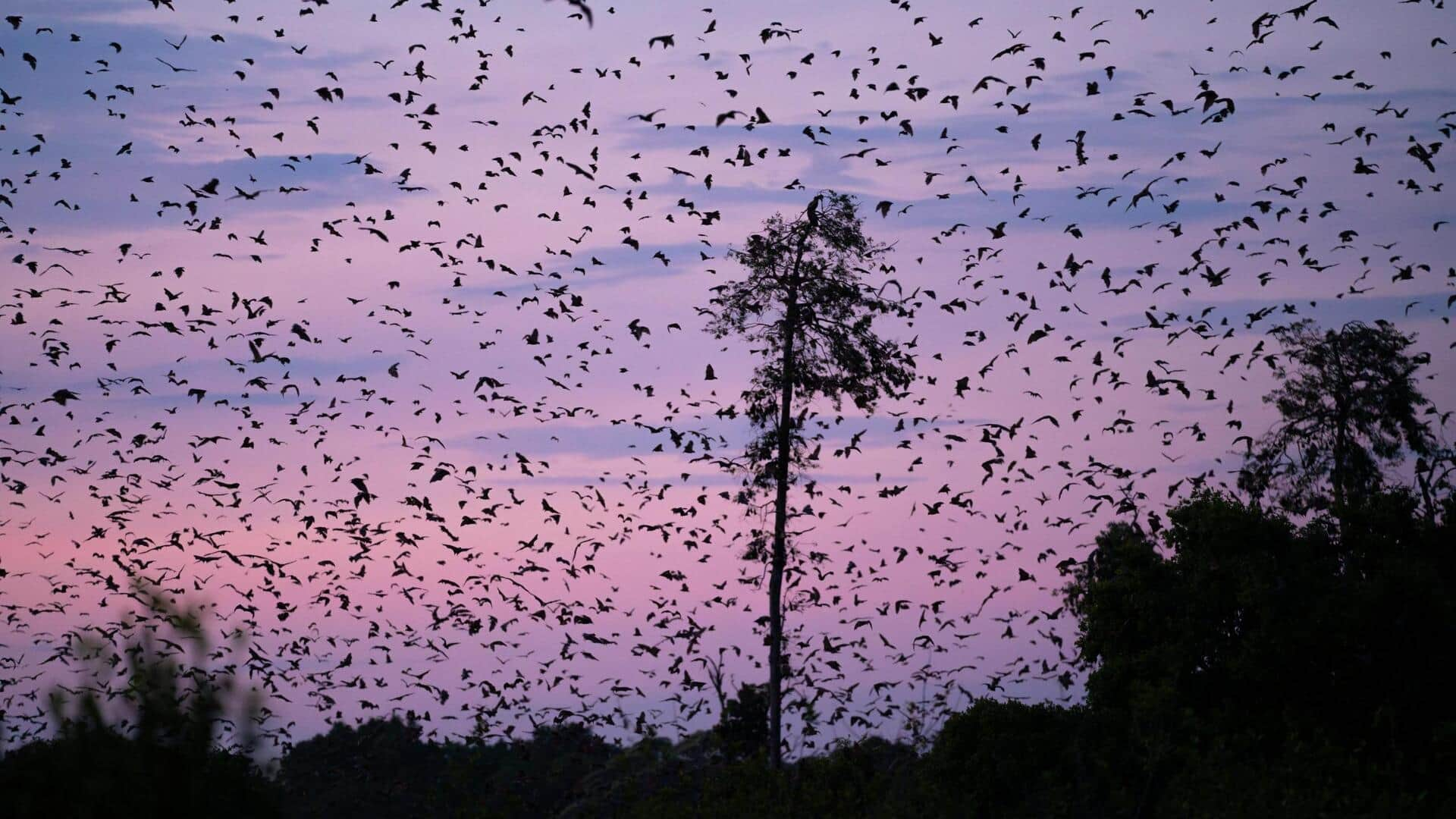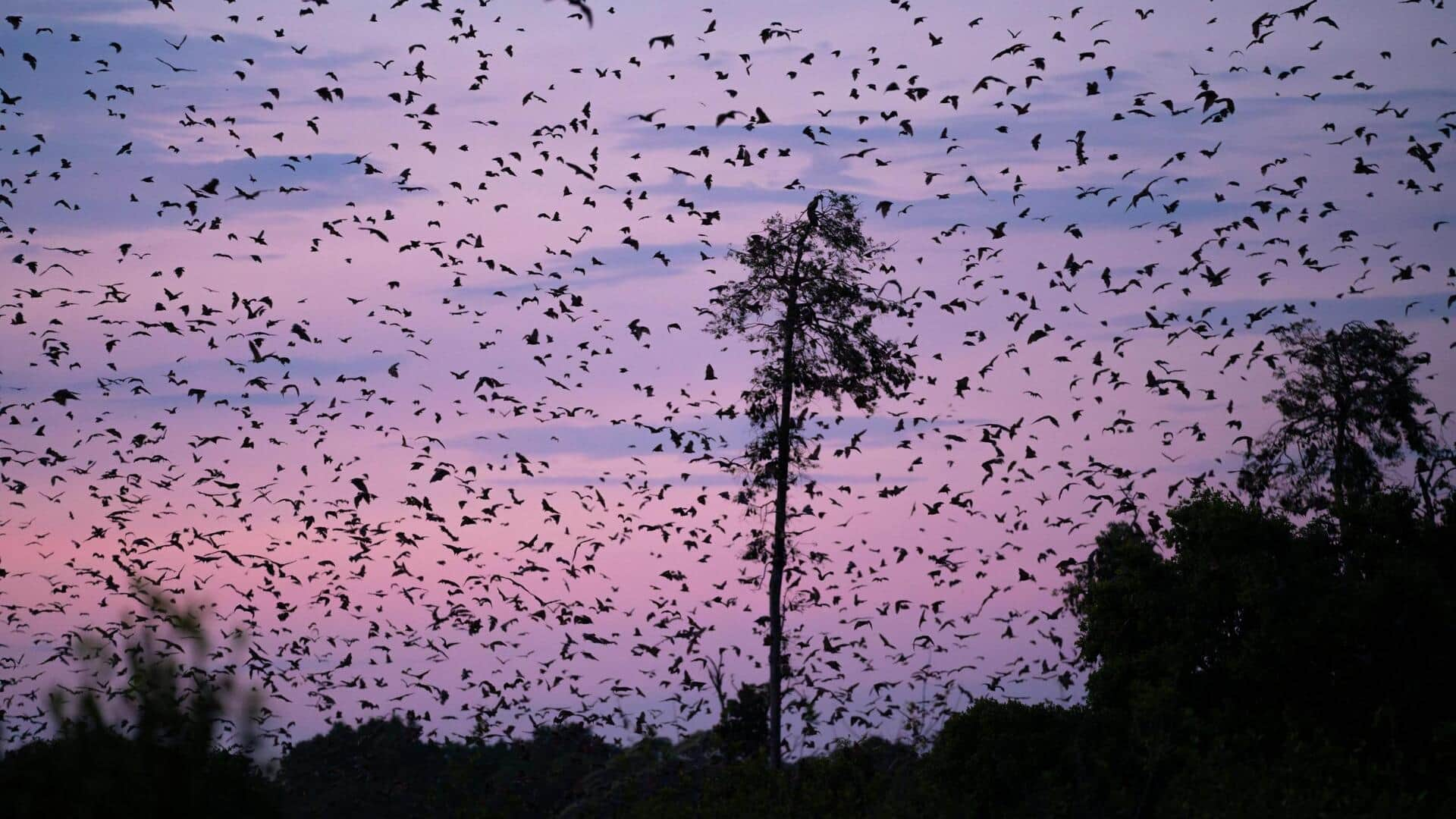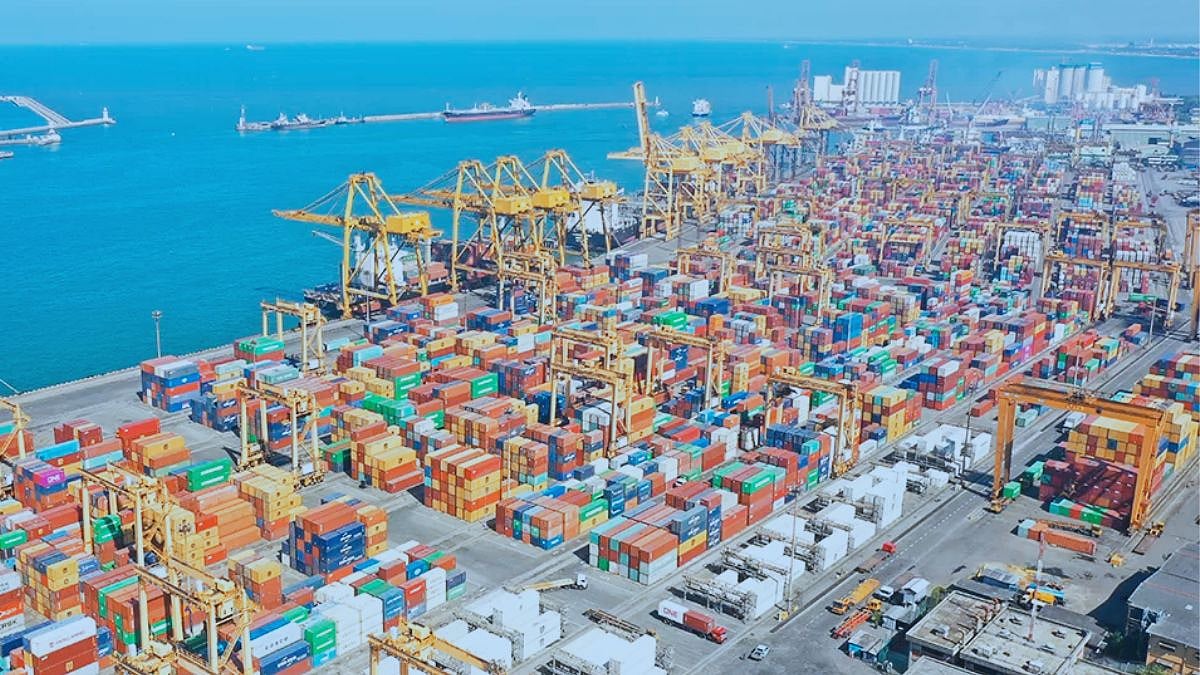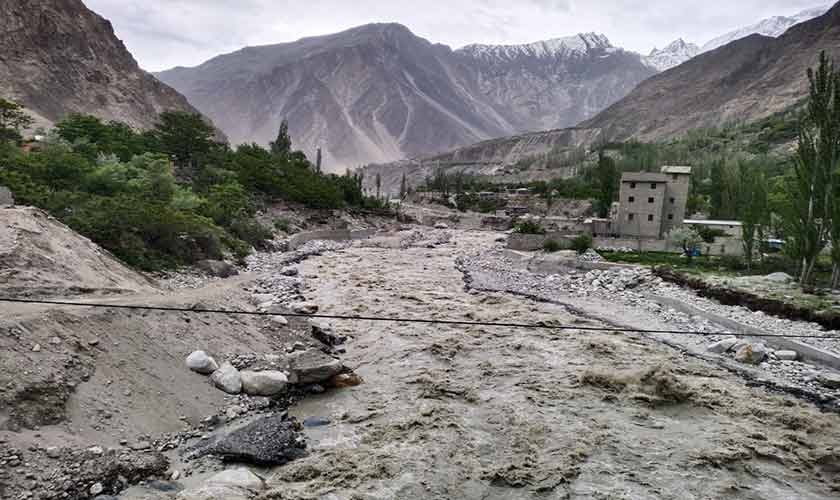Summarize Next Article For wildlife enthusiasts: Don’t miss this epic destination By Simran Jeet Sep 29, 2025 11: 04 am What’s the story Zambia’s Kasanka National Park is famous for the largest mammal migration on the planet. Every year, millions of fruit bats flock to the park’s forests, creating a spectacular sight for wildlife lovers.
Category: conservation
Summarize Next Article For wildlife enthusiasts: Don’t miss this epic destination By Simran Jeet Sep 29, 2025 11: 04 am What’s the story Zambia’s Kasanka National Park is famous for the largest mammal migration on the planet. Every year, millions of fruit bats flock to the park’s forests, creating a spectacular sight for wildlife lovers.
Summarize Next Article For wildlife enthusiasts: Don’t miss this epic destination By Simran Jeet Sep 29, 2025 11: 04 am What’s the story Zambia’s Kasanka National Park is famous for the largest mammal migration on the planet. Every year, millions of fruit bats flock to the park’s forests, creating a spectacular sight for wildlife lovers.
The Sindhu Sahyadri Foundation challenges the environmental report for the Jindal port at Murbe Bay, citing errors. Residents oppose the port due to potential biodiversity loss and threats to fishing livelihoods. Protests against the port’s construction have already begun.
Martin Feeney of Mincloon, Rahoon, Galway, pleaded guilty to two offences connected to the adverse impact on the limestone pavement over 10 acres of land.
T he warming of Hunza and the recent glacial lake outburst flood devastation in Ghizer are stark indicators of a shifting climate in Gilgit-Baltistan. In August 2025, floods displaced over 3, 000 residents of Talidas village, where three new glacial lakes have formed sincethe Rawshan.
A multinational treaty to protect vast expanses of the world’s oceans is finally set to become law in January 2026, with environmentalists hailing its enactment Friday as crucial to safeguarding the marine ecosystems. Valuable, fragile marine areas Environmentalists say marine ecosystems in the high seas must be protected because they are sources of oxygen and limit global warming by absorbing a significant portion of carbon dioxide emitted through human activities.
